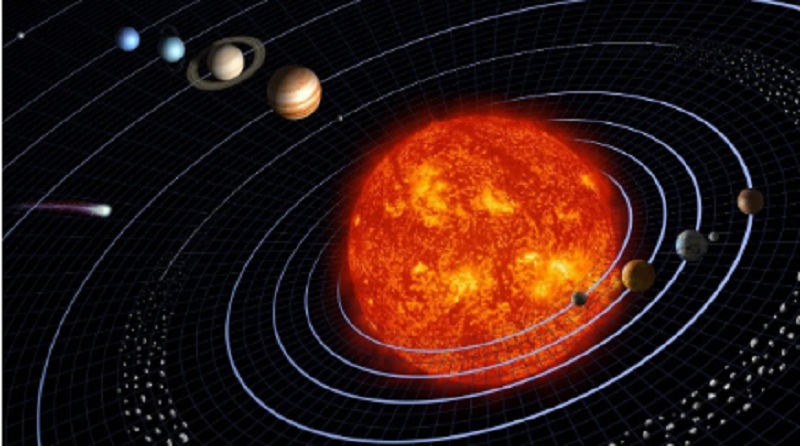In a groundbreaking discovery, an international team of scientists led by the Physical Research Laboratory (PRL), Ahmedabad, has discovered an exoplanet outside our solar system that is five times bigger and 60 times heavier than the Earth.
The study, published recently in the journal Astronomy and Astrophysics, stated that TOI-6651b orbits around its host star, a Sun-like star, in just 5 days.
The sub-Saturn class planet, designated TOI-6651b, was discovered using the advanced 2nd PRL Advanced Radial Velocity Abu Sky Search (PARAS-2) spectroscope, mounted on PRL’s 2.5m telescope at Mount Abu in Rajasthan.
Located 690 light years away from the Sun, the newest discovered planet is the third most dense sub-Saturn class located at the edge of the Neptunian desert. Sub-Saturn class planets have a size in between that of Neptune and Saturn.
The Neptune desert is a region of the known exoplanet population, where planets rotating close to the stars are rare.
“TOI-6651b is located at the edge of the Neptunian desert. It is crucial for understanding the factors that shape the desert boundaries,” said Sanjay Baliwal, lead author and a fifth year PhD student working with Abhijit Chakraborty, PRL scientist and the team lead.
For comparison, Earth takes 365 days to complete one revolution around its host, the Sun. As the planet is revolving dangerously close to its parent star, this area receives strong irradiation from the star itself, which means that the close-by planets will be unable to retain their gaseous atmosphere for long as they evaporate, leaving behind a rocky core, as in this case.
The core of the exoplanet is nearly 87 percent of the total planet’s mass composed of rich metals like iron and was found to be rocky whereas the rest mass consisted of a low-density envopole of hydrogen and helium.
Furthermore, the exoplanet’s surface temperature was measured at 1,500 degrees Kelvin (about 1,200 degrees Celsius), thus ruling out TOI-6651b from being habitable.
The powerful PARAS-2 instrument, stationed on PRL’s 2.5m telescope at the Gurushikhar observatory in Mount Abu, proved to be a game-changer in this astronomical breakthrough.















